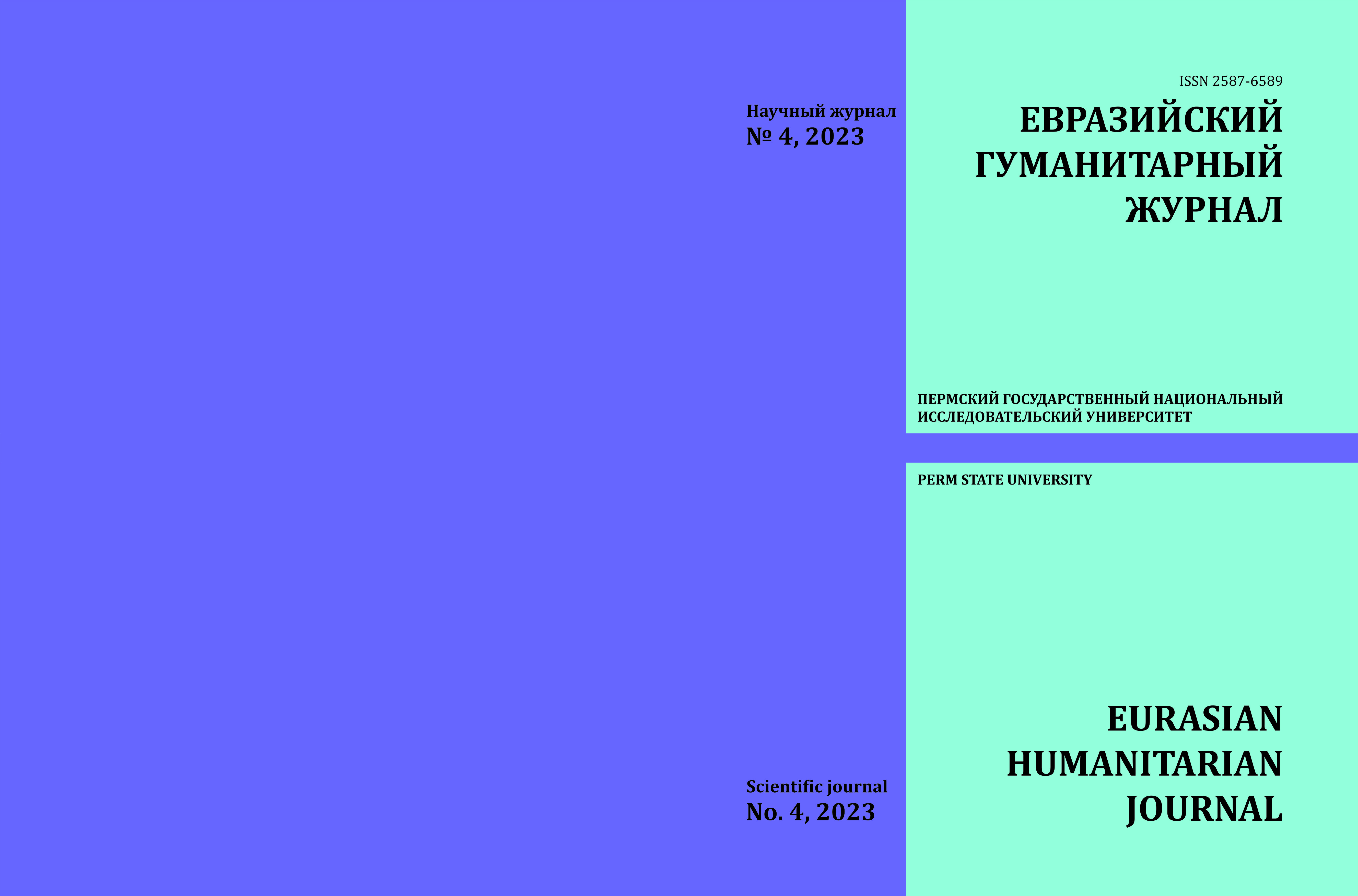РОЛЬ ИНТЕРАКТИВНОЙ МОДЕЛИ ОБУЧЕНИЯ СТУДЕНТОВ ВУЗОВ В СТАНОВЛЕНИИ ИХ ПРОФЕССИОНАЛЬНОЙ КОМПЕТЕНТНОСТИ
Ключевые слова:
интерактивная модель обучения, профессиональная компетентность студентов университета, интерактивные методы обученияАннотация
Представленная статья посвящена вопросу развития профессиональной компетентности студентов высшего учебного заведения на основе организации интерактивной модели обучения. На основе работ В. Болотова, Дж. Спиро, Н. И. Волкова, Д. Джонсона, И. А. Зимней, Е. В. Коротаевой, А. Ю. Уварова, Р. Л. Хона, Г. А. Цукермана, Г. П. Звенигородской, Н. Г. Григорьевой, М. В. Кларина и других исследователей, автором были уточнены значение, основные положения и признаки интерактивной модели обучения в высшем учебном заведении, а также систематизирован отечественный и зарубежный опыт по развитию профессиональной компетентности студентов на основе интерактивных методов, технологий и форм обучения. Проведенное исследование строилось авторами на принципах системности, деятельности, гуманизации, индивидуализации, обратной связи, интеграции на уровне междисциплинарных связей, рефлексивной активности и проблемности. Работа базируется на следующих методах: теоретических − анализе, обобщении, систематизации, синтезе, моделировании; и эмпирических − беседе, наблюдении, количественном и качественном анализе результатов исследования, тестировании. Также рассматривается использование интерактивной модели обучения в образовательном процессе вуза, которая в свою очередь не только позволит обеспечить освоение студентами предметного содержания изучаемых дисциплин, но и будет способствовать формированию их профессиональной компетентности при реализации следующего комплекса педагогических условий: выявление и развитие у студентов таких личностных качеств, как эмпатия, рефлексия, перцепция и общительность; включение студентов в разнообразные виды творческой и научно-исследовательской деятельности, способствующих самореализации личности. Реализация данного педагогического условия возможна через: ознакомление студентов с опытом творческой деятельности, методами развития творческого мышления, а также через привлечение студентов к научно-исследовательской деятельности: применение в образовательном процессе интерактивных методов, форм и технологий обучения.Загрузки
Опубликован
2024-04-12
Выпуск
Раздел
ЛИНГВОДИДАКТИКА

